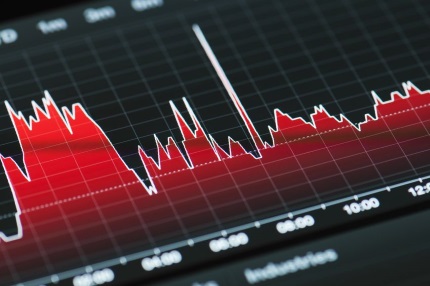The Next Stock Market Correction Is Coming To Dividend Stocks
I am asked daily about the timing and potential for the next stock market correction or “crash.” While I may not be as smart (or as marketing savvy, truth be told) to accurately predict the next stock market downturn, I do have a plan to prepare for the next time U.S. stocks fall in value.
I don’t think there will be a stock market crash in 2021. From my reading, the forces that will push the stock market higher are greater than those that would cause a decline. But I could very well be wrong.
It is important to understand that not every stock market downturn is a crash. Technically speaking, a market decline would be classified as either a correction or a bear market. If the market drops (as measured by the broad stock market indexes) by 10% to 20%, the decline would be called a correction. It becomes a bear market when the drop exceeds 20%. You don’t need a bear market to feel very uncomfortable about a stock market correction. Consider that a 15% decline turns a $100,000 account into $85,000. No one would like to see that on their brokerage statement.
As to timing, an actual bear market happens on average about once per decade. The market experienced a sharp bear market in early 2020, but with a quick recovery. Corrections come more often, with a drop of more than 10% occurring about every other year. However, it is not uncommon to see a correction every year for a span of two to three years consecutively.
The averages indicate we may very well experience a stock market correction between now and the end of 2022.
My investment strategy focuses on building a dividend income stream. Investing with this approach turns market downturns into something from which to benefit rather than an event to fear.
For the next correction, I want to have some dry powder. However, because I don’t know the timing of that correction, I also don’t want to have a large chunk of money in cash, earning zero percent.
Instead of selling a bunch of stocks and hoping for a correction (how much lousy karma is that?), I have a moderate amount of money in a safe but interest-paying investment, and I add a small amount of money to that investment every month. The longer it takes for the next downturn to arrive, the more “dry powder” I will have to put to work. I don’t have to sell any investments now, which would cut into my dividend income stream.
I fund the dry powder account out of my monthly contributions into my investment accounts. A portion of the deposits get invested in income stocks, and a part goes to the dry powder account. This way, my income stream keeps growing, and I will be ready to take advantage the next time stocks go on sale.
If you are curious, I use a short bond ladder for the dry powder using the Invesco BulletShares bond ETFs. They are nifty bond funds that let you benefit from rising rates, which is the opposite of what happens with most bond funds.
Disclaimer: The information contained in this article is neither an offer nor a recommendation to buy or sell any security, options on equities, or cryptocurrency. Investors Alley Corp. and its ...
more



